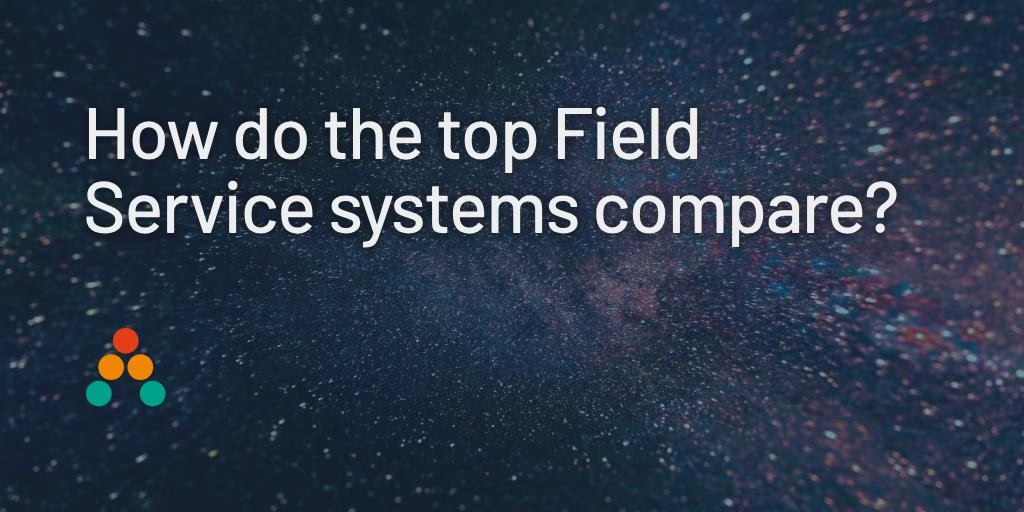Now Reading: How Much Does Dynamics Field Service Software Cost?
-
01
How Much Does Dynamics Field Service Software Cost?
How Much Does Dynamics Field Service Software Cost?

If you are looking into field service software, one of the first questions that comes up is simple: how much does it actually cost?
The honest answer is that it depends on your business size, team setup, and how complex your operations are. But as a guide, most UK businesses spend around £100–£110 per user per month for ongoing costs, plus a one-off implementation project that can range from £20,000 to £500,000+ depending on what you need.
Mark Pullar, Transformation Director at AMS explains what affects costs for Dynamics 365 Field Service.
He explains how licensing choices, the number of users, and the complexity of your business processes all play a part.
He also touches on the importance of integrations, mobile usage, and automation especially if you’re looking to streamline operations or scale up.
Mark makes it clear that every setup is different, and the best way to get a realistic estimate is to use the pricing estimator tool on the AMS website or speak to the team directly.
The Three Main Costs of Field Service Software
When planning your budget, it helps to understand the three key cost areas that make up a full field service project.
1. Implementation costs
This is your initial investment to get the system up and running. It includes configuration, data migration, testing, and user training. The cost depends on how complex your business is and how many people need access.
2. Licensing costs
Licensing is your ongoing monthly cost per user. Each licence gives a user access to the system so they can manage schedules, work orders, and customer information.
3. Support costs
Support keeps your system working well after launch. It covers updates, troubleshooting, and help when something needs attention.
How Much Do Licences Cost?
- Licensing for Microsoft Dynamics 365 Field Service usually sits between £75 and £85 per user per month.
- That gives each engineer or office user access to the platform’s core tools such as scheduling, asset tracking, reporting, and customer management.
- The per-user model means you can start small and grow over time, adding users as your team expands.

How Much Does Support Cost?
Support packages typically range between £25 and £35 per user per month, depending on the level of cover.
A standard package usually includes weekday help and basic troubleshooting. Premium options might include 24/7 support, faster response times, or a dedicated account manager.
Good support is worth every penny. When your team relies on the system every day, fast fixes keep operations running and customers happy.
How Much Should You Budget Per User Per Month?
When you combine licence and support costs, you should budget around £100–£110 per user each month.
So if you have 20 engineers, that’s around £2,000 per month or £24,000 per year for ongoing system use.
That figure excludes your initial setup project but gives you a clear idea of your ongoing spend.
What Affects Implementation Costs?
Implementation is where costs vary most. A small team with simple processes might spend £20,000. A large national operation could spend upwards of £200,000.
Here’s what makes the biggest difference:
- Number of engineers and users
- Number of service agreements or assets managed
- Integration with existing systems
- Mobile app complexity
- Geographical coverage
- Training requirements
- Data quality and migration needs
The more connected and customised your system, the higher the cost but also the greater the long-term value.
Typical Implementation Ranges
Standard Implementation: £20,000–£60,000
For smaller or regional businesses with straightforward workflows and limited integrations.
Mid-Range Implementation: £50,000–£100,000
For mid-sized businesses with multiple service types, national coverage, and more detailed scheduling needs.
Complex Implementation: £100,000–£500,000+
For large or international operations with custom mobile apps, advanced automation, and heavy integration requirements.
What Does a First-Year Cost Look Like?
For a team of 20 users, your ongoing licence and support costs would be around £24,000 per year.
Add an average implementation project of £60,000, and your total first-year cost would be around £84,000.
After year one, your annual costs drop to the ongoing licence and support fees. Most businesses find they recoup their implementation costs within 12–24 months through improved efficiency and fewer missed jobs.
Add-Ons and Optional Features
Many field service systems offer optional extras to expand what you can do:
- AI scheduling optimisation
- Automated document generation
- Customer self-service portals
- Advanced analytics and dashboards
- IoT integrations for connected equipment
- Enhanced inventory management
These typically cost an additional £100–£300 per month, depending on the level of functionality. Always check if your base system already includes what you need before investing in extras.
When Is the Right Time to Invest?
You will get the most from field service software when your business has outgrown spreadsheets and manual scheduling.
You might be ready if:
- Dispatching jobs takes hours every day
- Engineers are buried in paperwork
- Customers keep chasing updates
- You are planning to grow or add new service types
- Reporting is becoming time-consuming
If that sounds familiar, it’s probably time to modernise.
Measuring ROI
A well-implemented field service system pays for itself quickly. Here’s how:
- Saving 30 minutes a day per engineer adds up fast
- Smarter scheduling cuts mileage and fuel costs
- Fewer missed jobs mean happier customers
- Automated admin frees up office time
- Improved visibility reduces wasted effort
You can estimate your potential savings using our free Field Service pricing calculator.
Choosing the Right Partner
Your software partner is just as important as the software itself. Look for:
- Experience in your industry
- Clear, transparent pricing
- Responsive, UK-based support
- Good training and change management
- A long-term approach to partnership, not a quick sale
FAQs
What is the minimum investment to get started?
For a small team of 5–10 users, expect first-year costs around £30,000–£40,000 including setup. Smaller deployments may be possible, but cutting corners early often leads to higher costs later.
Can we spread costs with a phased rollout?
Yes. Many businesses start with a pilot group, then expand. Phased rollouts can help manage cash flow and change, though they can extend the overall project timeline slightly.
Are there hidden costs I should plan for?
Data migration, hardware for mobile users, and extra training are often underestimated. Always ask providers to outline any additional or optional costs before signing.
How do costs compare to running spreadsheets?
Spreadsheets look free, but hidden costs quickly build up and can include lost time, duplicated work, mistakes, and missed jobs. Most companies find software pays for itself within one to two years.
Can we handle implementation ourselves?
Technically yes, but it is rarely cost-effective. Without expert configuration, most self-implementations lead to delays and rework. Working with an experienced partner almost always saves money overall.
Are costs paid monthly or annually?
Most providers, including Dynamics 365 Field Service, bill monthly for licences and support. Implementation is paid separately, often in stages linked to milestones.
How do costs scale as our team grows?
Licensing costs increase linearly with the number of users, but implementation does not. Once your system is in place, adding new users mainly involves training and device setup.
How much should I budget for ongoing improvements?
Plan around 10–15% of your annual software cost for optimisation, updates, or extra training. Your system should grow and adapt as your business evolves.
What is included in the £100–£110 per user estimate?
That covers your core software licence (£75–£85) plus support (£25–£35). It includes work order management, scheduling, mobile access, customer communication tools, and reporting.
How can I make sure I get the best value for money?
Focus on long-term ROI, not just the cheapest quote. Choose a partner who understands your business, offers honest advice, and supports you beyond the go-live date.
The first step in planning your digital transformation.
Understanding the costs is the best place to start if you’re thinking about switching to Field Service. While the numbers might feel high at first glance, the long-term benefits such as smoother operations, faster response times, happier customers, and more control, easily outweigh the investment.
Whether you have five engineers or five hundred, the right system will grow with you and help you deliver an exceptional service experience.
If you want an accurate quote or advice on where to start, get in touch with the All My Systems team. We will help you understand what fits, what to expect, and what it takes to make it work for your business.
Read more
The post How Much Does Dynamics Field Service Software Cost? appeared first on All My Systems.
Check Verity Payne’s original post https://www.allmysystems.co.uk/how-much-does-field-service-cost/ on www.allmysystems.co.uk which was published 2025-11-07 12:54:00


















